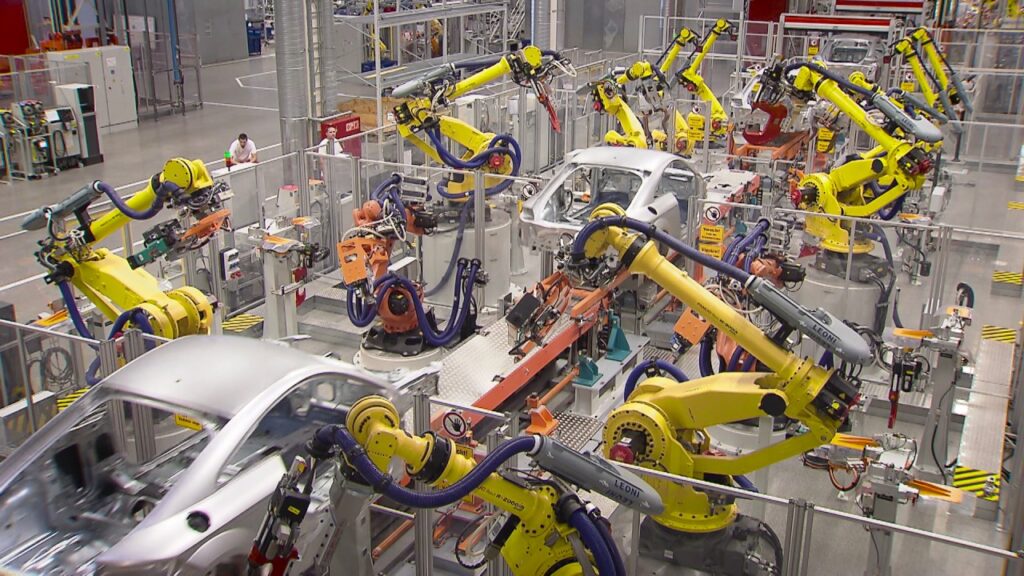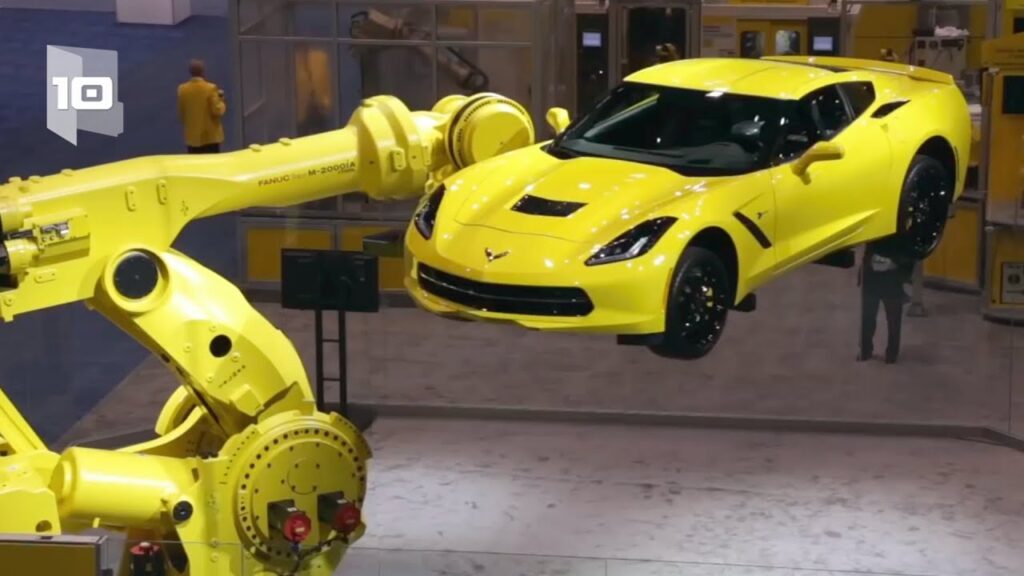The Fascinating Evolution of Industrial Robots
In today’s ever-advancing world, the presence and importance of industrial robots cannot be underestimated. These machines have revolutionized the way we work and have become an integral part of numerous industries across the globe. Unbeknownst to many, the history of industrial robots is a captivating tale of innovation and technological progress. Join me as we delve into the fascinating evolution of these remarkable creations.
Industrial robots, often referred to as mechanical arms or manipulators, are programmable machines designed to automate complex tasks in manufacturing and production processes. They possess the ability to perform repetitive actions with precise accuracy and efficiency, relieving humans of monotonous and dangerous duties. The term “robot” itself was coined by the Czech playwright Karel Čapek in his 1920 science fiction play, “R.U.R.”
If we travel back in time, we can witness the humble beginnings of industrial robotics. The first generation of these machines emerged in the early 1960s. Their primary function was to carry out simple and repetitive tasks such as welding, painting, and material handling. These early robots were limited in their capabilities and had minimal flexibility, but they paved the way for the technological advancements to come.
The true potential of industrial robots became more evident in the 1970s when the second generation made its entry. These robots were equipped with sensors, allowing them to interact with their surroundings and adapt to changes. Tasks that were previously deemed impossible for automation, such as assembly and inspection, became achievable. This era witnessed a surge in the integration of robotic systems across various industries, significantly boosting productivity and quality control.
As we progress into the 1980s and 1990s, the third generation of industrial robots emerged, bringing with it a new level of sophistication and intelligence. These robots were equipped with advanced control systems, enabling them to perform complex tasks with enhanced precision and speed. Artificial intelligence and computer vision technologies further propelled their capabilities, allowing them to handle delicate components and even perform tasks requiring dexterity and finesse.
Fast forward to the present day, and we find ourselves amidst the era of collaborative robots, often referred to as cobots. These fourth-generation robots have bridged the gap between humans and machines, working alongside their human counterparts to augment productivity. Cobots are designed to be safe and easily programmable, allowing for quick deployment and adaptability in various manufacturing environments. They have opened up new possibilities in industries such as healthcare, food processing, and electronics assembly.
Looking ahead to the future, we can expect even more exciting developments in the realm of industrial robots. With advancements in artificial intelligence, machine learning, and sensor technologies, robots will continue to refine their capabilities and become even more autonomous. We may witness the emergence of robots capable of decision-making and problem-solving in real-time, further revolutionizing the manufacturing landscape.
The history of industrial robots is a testament to humanity’s relentless pursuit of innovation. From relatively simple machines to intelligent and collaborative robots, they have transformed industries and propelled us into a new era of automation. As we tread into the future, it is crucial to embrace these technological advancements and continuously adapt to the changing landscape.
In conclusion, the evolution of industrial robots from their humble beginnings to their current state is truly remarkable. The history of industrial robots highlights the ingenuity and determination of those who have contributed to their development. As we navigate through the ever-changing technological landscape, let us celebrate the achievements of these incredible machines and anticipate the exciting possibilities they hold for the future of industries worldwide.
Industrial Robot
“The Evolution of Industrial Robotics: From Origins to Modern Applications”


